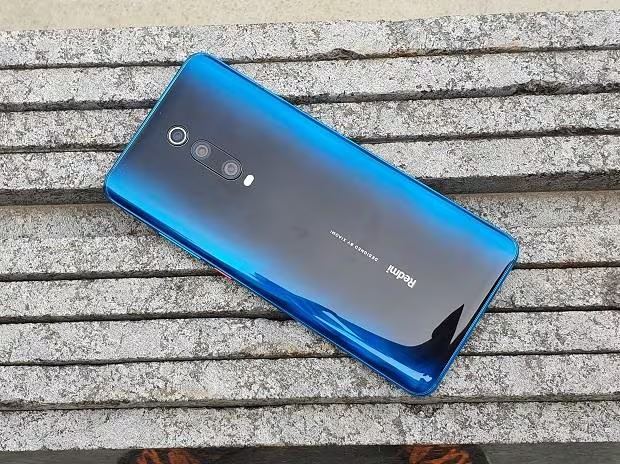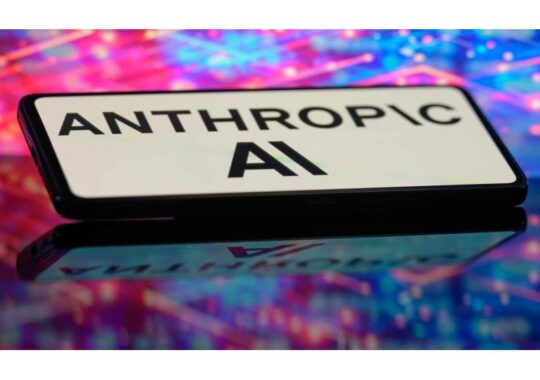Despite diversifying its product line to include tablets, laptops, and smart TVs, Redmi’s core business remains smartphones. These are some of the most prominent models the company has released.
1. The Redmi Note 3
China saw the initial release of the Redmi Note 3 in November 2015. This version was released with the Helio X10, a MediaTek processor. However, when Xiaomi released a Snapdragon version of the phone in 2016, the Redmi Note 3 quickly gained popularity. Millions of units of this variation were sold outside of China.
The Redmi Note 3’s great success can be attributed to several factors. To begin with, it was the first Redmi smartphone to have a metal unibody rather than the plastic casing found on its predecessor. It was also the first phone made by Xiaomi to have a fingerprint reader. But it was not without its shortcomings.
The phone came with an outdated version of Android, even though there was a newer version available, and its camera performance was mediocre. Additionally, if the phone was held with the screen facing up, the speaker on the back could be easily muffled. Nevertheless, Xiaomi (read: Redmi) produced some of the most well-liked low-cost smartphones, including the Redmi Note 3.
Since then, the Redmi Note series has advanced significantly. Redmi continues to release models with MediaTek and Snapdragon processors, but more recent models—like the Redmi Note 12—have glass backs, an official IP rating, and an AMOLED display with a high refresh rate.
2. The Redmi Note 7
It was the first smartphone released in 2019 after Redmi was spun off as a subsidiary, and it significantly updated the Redmi Note lineup. Along with showcasing a fresh look and novel materials, the Redmi Note 7 also included a number of intriguing features.
First, the Redmi Note 7’s design changed from the Redmi Note 6 Pro’s large notch to a much smaller U-shaped notch with a single front-facing camera rather than two, as was the case with the former model. As the first Redmi Note smartphone with a glass back, the Redmi Note 7 was also released. Gorilla Glass 5 protected the phone’s back and display, and Redmi made sure to promote this feature by putting the phone through some rather odd durability tests.
But the Redmi Note 7’s 48 MP dual rear camera was its best feature. One of the first smartphones with a 48 MP primary rear camera was the Redmi Note 7 (global version), and it produced some pretty good daytime and low-light photos.
Redmi revealed that, eight months after its launch, the Redmi Note 7 series—one of the more well-liked Redmi Note series—had sold over 20 million units globally.
3. The Redmi K20 Pro
You should anticipate the Redmi K20 Pro to rank among the best phones Redmi has ever released if you have been a longtime fan of the brand. The Snapdragon 855 processor, which powered other 2019 flagships like the Samsung Galaxy S10 and the Xiaomi Mi 9, was included in the Redmi K20 Pro, which was released as the first Redmi flagship.
The first Redmi smartphones with a motorized pop-up selfie camera were the Redmi K20 Pro and its mid-range counterpart, the Redmi K20. AMOLED panel, 27 W fast wired charging, telephoto camera, and under-display fingerprint scanner are some of the other features that make it seem like a premium device.
Although the Xiaomi Mi 9T Pro was introduced in other markets, the Redmi K20 Pro was first released in China and India. A third version, the Redmi K20 Premium, was also revealed by Redmi and debuted with the Snapdragon 855 Plus processor.
4. The Redmi Go
The first Redmi smartphone to come pre-installed with Android Go—a version of the operating system designed for smartphones with less powerful specs—was the Redmi Go. When this inexpensive smartphone with an initial retail price of €80 arrived on store shelves, it was running Android 8.1 Oreo (Go Edition). Additionally, it lacked a personalized skin over Android, in contrast to other Redmi smartphones.
Its 1GB of RAM and Snapdragon 425 processor were fairly low-end specs, so it wouldn’t be able to run the demanding MIUI custom skin. This makes sense. In addition to the Google Go app suite, which includes YouTube Go, Google Assistant Go, and Gallery Go, it did come with a few Xiaomi apps.
Though its 5-inch 720p display was surrounded by thick bezels, the Redmi Go’s compact form factor was still an intriguing feature. Along with supporting dual SIM cards, it also featured a dedicated MicroSD card slot that let users add more storage to its meager 8 or 16 GB RAM.
Regretfully, Redmi has not revealed a replacement for the Redmi Go, but it has continued to produce low-cost smartphones; if you’re in the market, the Redmi A2 (about €80 on Amazon) is a decent choice.



